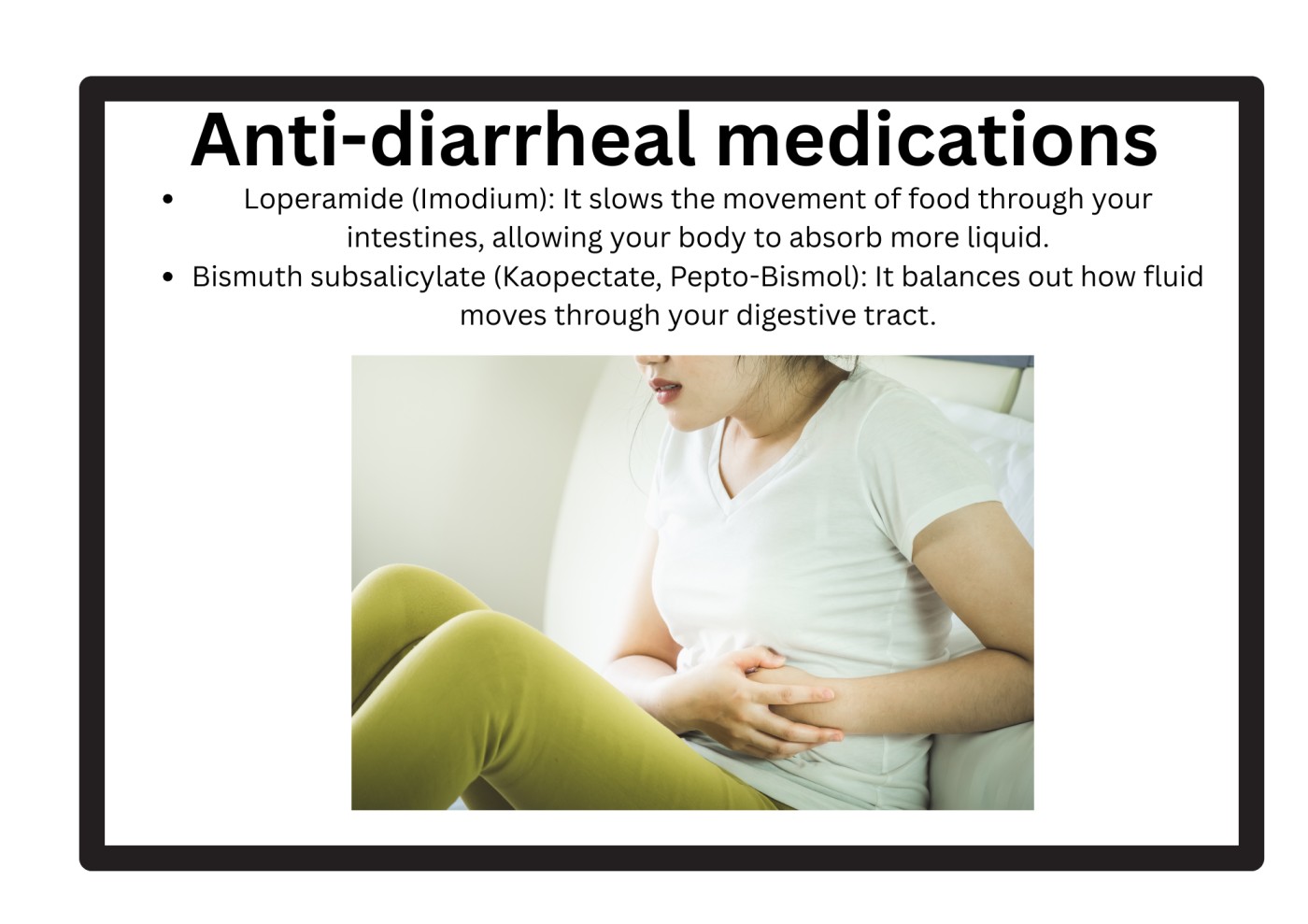Navigating Schedule II Controlled Substances: A Comprehensive Guide for Patients
It can be difficult to navigate the world of pharmaceuticals, particularly when it comes to restricted compounds. In instance, schedule II medicines are essential for treating addiction and managing pain, but they also come with a lot of hazards. We’ll explain Schedule II controlled substances, their applications, and responsible usage in this blog post.
1. Introduction to Controlled Substances
Drugs classified as controlled substances are those governed by law because of their potential for addiction and abuse. These drugs are divided into five schedules by the Drug Enforcement Administration (DEA), with Schedule I containing the strictest regulations and Schedule V having the fewest. Drugs classified as Schedule II are distinct in that they have a high potential for abuse despite being acknowledged for their medicinal advantages.
2. What Are Schedule II Controlled Substances?
Controlled substances classified as schedule II have a high potential for abuse, which could result in serious physical or psychological dependence. These drugs are prescribed despite their hazards for a number of valid medical conditions.
3. Examples of Schedule II Drugs
Some commonly known Schedule II drugs include:
- Oxycodone (OxyContin): A powerful opioid used for severe pain relief.
- Hydromorphone (Dilaudid): Often used in hospitals for acute pain management.
- Fentanyl: A synthetic opioid used for chronic pain and often administered via patches.
- Morphine: Commonly prescribed for severe pain, especially post-surgery.
4. Legal Regulations Surrounding Schedule II Substances
Substances classified as Schedule II are governed by stringent laws because of their abuse potential. Prescriptions are written down and cannot be filled; each time, a fresh prescription is needed. Pharmacies and healthcare professionals also have strict reporting and documentation requirements to follow.
5. Medical Uses and Benefits
Schedule II medications are necessary in modern medicine, despite the hazards. They are frequently employed in:
- Pain Management: Efficient in managing excruciating pain, especially in cancer patients or in the aftermath of surgery.
- Anesthesia: Anesthesia in surgical settings is achieved through the use of certain Schedule II drugs.
- Opioid Dependence Treatment: Methadone is one medication that aids in the recovery of opioid addiction.
6. Risks and Side Effects
Although drugs included in Schedule II have many advantages, they can also have a number of negative consequences, such as:
- Drowsiness
- Nausea
- Constipation
- Respiratory depression (in severe cases)
Patients must closely observe their responses and notify their healthcare provider of any negative consequences.
7. Potential for Abuse and Dependency
It is impossible to overestimate the enormous potential for abuse connected to Schedule II medications. Abuse can result in addiction, overdose, and occasionally even death. For anyone who is administered these medications, it is imperative to recognize the warning indications of reliance, which include growing tolerance or withdrawal symptoms.
8. How Schedule II Substances Are Prescribed
Healthcare professionals must give considerable thought before prescribing a Schedule II drug. Before writing a prescription, physicians must consider the patient’s past drug use, medical history, and intensity of discomfort. This comprehensive evaluation aids in reducing the hazards connected to these potent drugs.
9. The Role of Pharmacists and Healthcare Providers
In order to keep an eye on prescriptions and guarantee patient safety, pharmacists are essential. In addition to advising patients on appropriate use, they are in charge of confirming prescriptions and looking for possible drug interactions. To maximize treatment programs, healthcare providers need to stay in constant communication with pharmacists and patients.
10. Patient Safety and Responsibility
If you’re prescribed a Schedule II substance, your safety is paramount. Here are some key responsibilities to keep in mind:
- Follow Prescriptions: Always take medications exactly as directed.
- Store Safely: Medication should be stored securely to avoid unwanted access.
- Report Concerns: Report any problems or adverse reactions to your physician right away.
11. Alternatives to Schedule II Medications
For some patients, alternatives may be more suitable. Options include:
- Non-opioid Pain Relievers: Such as ibuprofen or acetaminophen for moderate pain.
- Physical Therapy: A non-pharmacological approach to managing pain and improving mobility.
- Complementary Therapies: Techniques like acupuncture, yoga, and mindfulness can help alleviate pain without the risks associated with opioids.
12. Conclusion: Navigating the Landscape of Schedule II Controlled Substances
Anyone working in pain treatment or addiction recovery must have a thorough understanding of Schedule II prohibited medications. Even though these drugs have a lot to offer, there are hazards associated with them that need to be carefully managed. Patients can take control of their health by being informed about their options, adhering to prescriptions, and maintaining open lines of contact with healthcare professionals.
Here are some references you can use for a blog post about Schedule II controlled substances:
References
- U.S. Drug Enforcement Administration (DEA). (2023). Controlled Substances Act. Retrieved from dea.gov
- National Institute on Drug Abuse (NIDA). (2022). Understanding Drug Use and Addiction. Retrieved from drugabuse.gov
- U.S. Food and Drug Administration (FDA). (2023). Drug Approval and the Drug Approval Process. Retrieved from fda.gov
- Mayo Clinic. (2023). Oxycodone and Other Opioid Pain Medications. Retrieved from mayoclinic.org
- American Society of Health-System Pharmacists. (2023). Drug Information on Controlled Substances. Retrieved from ashp.org
- Centers for Disease Control and Prevention (CDC). (2023). Opioid Overdose Prevention. Retrieved from cdc.gov
These sources provide reliable information regarding the classification, use, and regulations surrounding Schedule II controlled substances. Be sure to check for the latest updates and data when citing these references.

